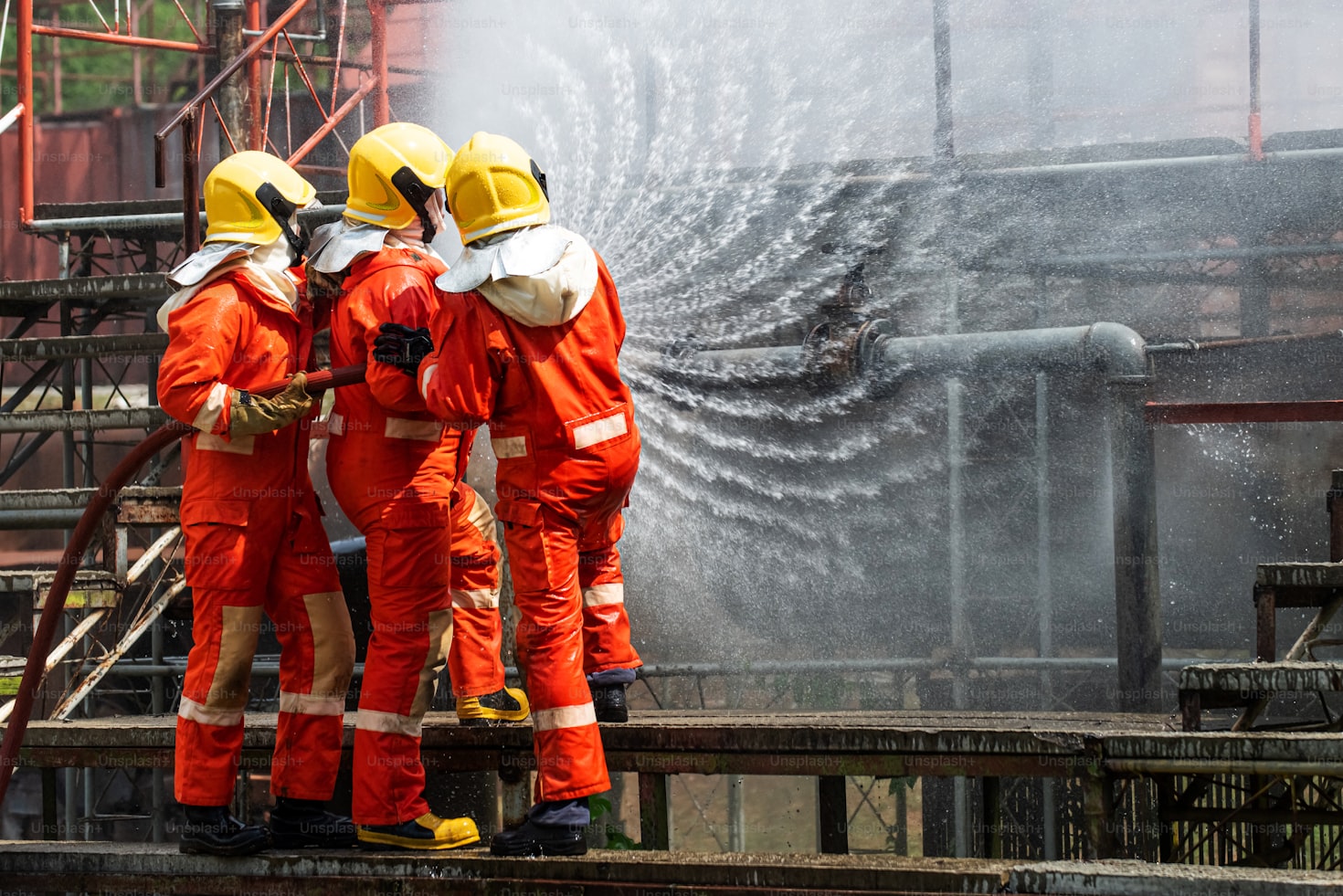The lawsuit concerning AFFF (aqueous film-forming foam) highlights significant health risks associated with its use.
Many individuals, from firefighters to military personnel, have filed claims alleging exposure to the toxic firefighting foam.
Commonly used to extinguish fuel fires, the substance has led to serious health issues, including prostate cancer, testicular cancer and thyroid cancer.
The foam contains hazardous Per- and polyfluoroalkyl (PFAS) chemicals that have contaminated water sources and pose long-term effects on the environment and the human body.
As the AFFF foam lawsuit continues, new secrets are being uncovered. The latest report from Spotlight on America uncovered evidence that the U.S. military knew about the health risks linked to AFFF exposure.
Table of Contents
Uncovered Documents
A whistleblower revealed to Spotlight on America that new documents indicate the military knew about the health risks posed by toxic foam containing cancer-causing chemicals.
Kevin Ferrara said he was coming forward to alert veterans and current service members about the dangers of AFFF. He hopes to prompt the military to recognize the risks faced by firefighters who have used it for years.
The retired Air Force vet claims they were told the chemical substance was soap and water. He even admitted they sprayed kids during fire prevention classes, thinking it was safe.
Ferrara and his colleagues used the same foam to clean their trucks and to bathe which directly exposed them to PFAS. The forever chemicals have been tied to birth defects and heart disease, says TorHoerman Law.
Unclassified emails provided by Ferrara to Spotlight on America reveal that the Air Force was aware of concerns about PFAS in AFFF as early as 2013. It wasn’t until 2015 that military firefighters were told to stop daily AFFF tests on their trucks.
Pentagon Fingered in PFAS Lawsuits
The military isn’t the only U.S. State Department under scrutiny. Grist reported that the Department of Defense (DoD) began working with PFAS technology in the 1960s.
Following several fires on military ships, the Navy’s research division partnered with 3M to develop a new type of firefighting foam.
Perfluorooctane sulfonic acid (PFOS) was the key component of the firefighting foam. PFOS is part of the broader PFAS chemical group.
Internal research and documents indicate that 3M discovered the potential harm while testing it on animals. They went ahead with the patent.
Due to its association with the development of AFFF, the Pentagon has been named in 27 lawsuits. The DoD claimed immunity from the lawsuits accusing the military of its involvement in PFAS contamination across the country.
Two-Year Extension
According to a report from the U.S. Government Accountability Office (GAO), the Pentagon is likely to seek an extension set by Congress to cease AFFF use.
The firefighting foam is currently being used at over 1,500 facilities and in thousands of vehicles and portable devices around the globe.
DoD revealed after almost ten years of research, it had found a fluorine-free foam that could be an alternative to AFFF firefighting foam. But the transition will likely only happen in 2026.
There are a few issues with the possible replacement foam. Military.com reported a problem with temperature extremes. Military firefighters were also not fully trained on fluorine-free foam.
Taking Accountability
PFAS are called “forever chemicals” because they can accumulate in the environment and our bodies over time.
The USGS reports that 45% of tap water in the U.S. is contaminated with these persistent chemicals. There are over 12,000 PFAS compounds, and not all can be identified. The USGS study checked for 32 specific types.
Their research is the first instance of testing and comparing PFAS levels in tap water from private and government water systems. The findings further cement that communities with polluted drinking water are particularly at risk.
Government agencies have begun efforts to eliminate PFAS and gradually replace firefighting foams. More needs to be done. The only way to demand accountability is via legal action.
Companies like 3M and DuPont that provided AFFF firefighting foam to fire departments need to be held responsible.
If you have suffered health issues due to exposure to AFFF or contamination, there are steps you can take. Reach out to a firefighting foam attorney about injuries related to PFAS exposure.
The more people that join the AFFF lawsuits, the stronger the case. At the end of the day, the truth will prevail in a court of law. Whoever was complicit in the controversy will be named and shamed.
In the meantime, anxious families wait in anticipation of some sort of outcome in the AFFF firefighting foam lawsuit.














